Black September: The Impact of the Palestinian Radicalism on the Political Climate in the Middle East
The expression “Black September” became known around the world during the 1972 Munich Olympics. Then members of the Palestinian terrorist organization, which bore that name, killed Israeli Olympians. The terrorists chose this name in memory of the tragic events that happened in September 1970.
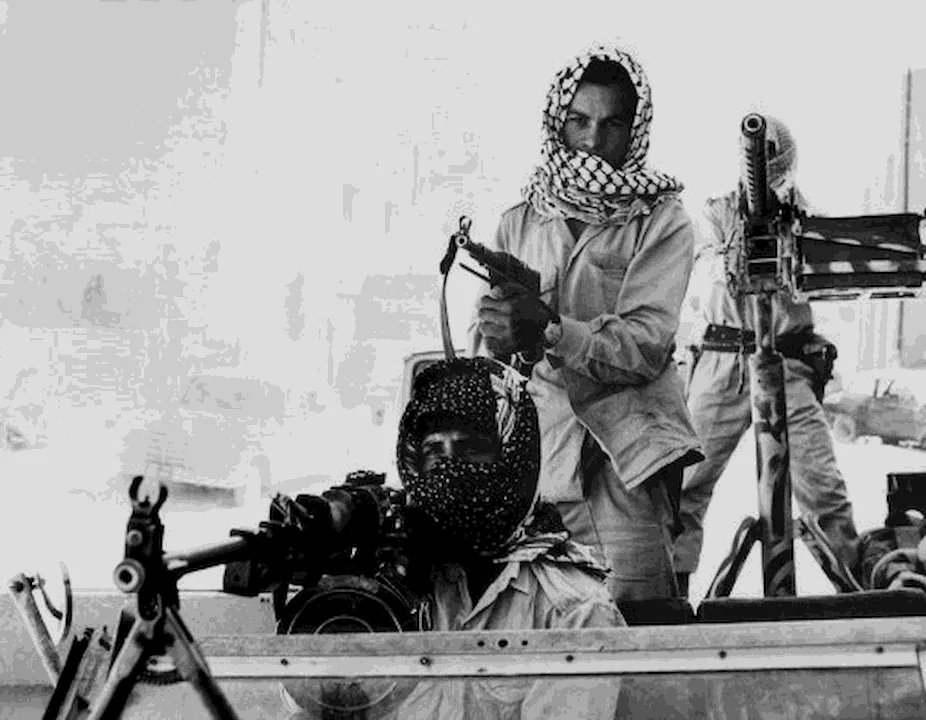
The Palestinian Factor
The threat posed by Palestinian “freedom fighters” who choose the path of war and terrorism became evident immediately after the 1948 conflict and the displacement of hundreds of thousands of refugees to neighboring Arab countries. Since that time, whenever the Palestinians find themselves, they are at the center of unrest and tension.
In 1951, Abdullah I, the founding king of Jordan, visited Jerusalem to meet with Israeli officials as part of his efforts to reach a settlement with Israel. While leaving al-Aqsa Mosque after Friday prayers with his grandson, Abdullah was assassinated by a Palestinian gunman at the age of 69. This event left a lasting impression on Hussein, who almost fell victim to a terrorist attack by Palestinian militants in 1970 himself.
In the 1970s, the Palestinian Liberation Front (PLF) leader, Ahmed Jibril, clashed with the Syrian President Hafez al-Assad over Syria’s involvement in the Lebanese civil war and Assad’s leadership style. This led to a deterioration in relations between the PLF and the Syrian government, and in 1983 Syrian forces launched an offensive against the group, forcing it to relocate to Libya.
During the Lebanese civil war that broke out in 1975, Palestinians allied with some Lebanese factions and contributed to the widespread destruction caused by the conflict. Israel invaded Lebanon in response to PLO attacks in 1982, further exacerbating the civil war. Today, Hamas and Hezbollah, two groups backed by Iran, launch attacks on Israel from southern Lebanon, putting that country in danger of being dragged into another conflict with Israel.
In 1991, the PLO supported Iraqi leader Saddam Hussein’s invasion of Kuwait. In response, Kuwait expelled 200,000 Palestinians from their territory.
Today, neither Egypt, Jordan, nor any other Arab country is willing to accept Palestinian refugees, and this is understandable given the memories of the events during the Black September period that these countries still hold.
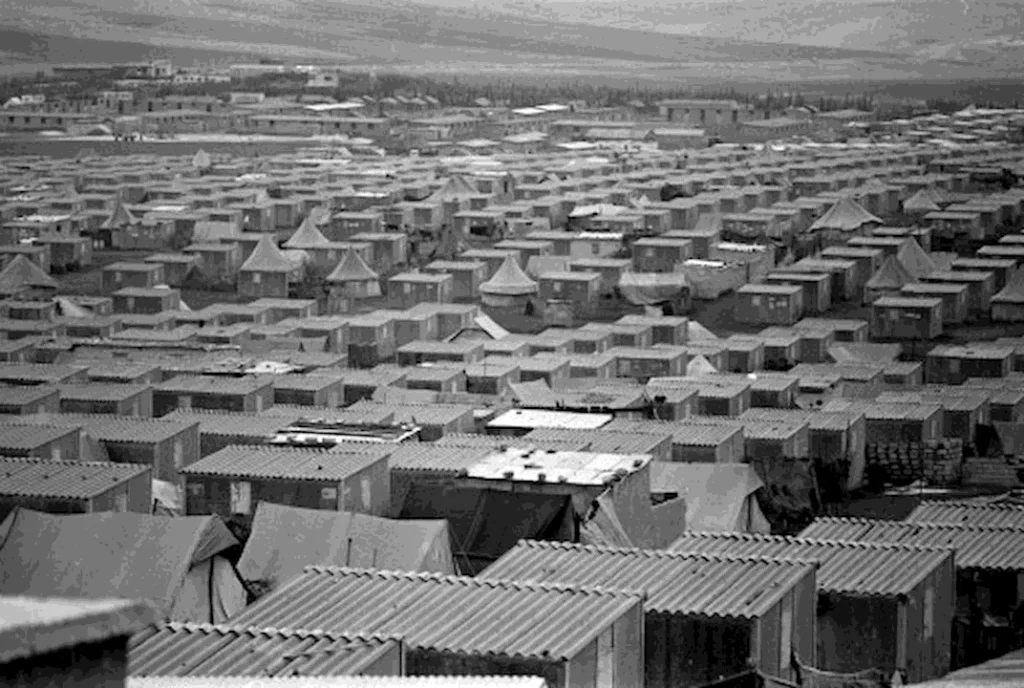
A state within a state
After the Six-Day War of 1967 control of the West Bank of the Jordan River and the eastern part of Jerusalem passed from Jordan to Israel, that caused a flood of Palestinian refugees into Jordan. The number of Palestinians in the country reached 2 million or 60% of the population.
After Fatah joined the Palestine Liberation Organization, it was headed by one of the founders of the Movement for the Liberation of Palestine, Yasser Arafat.
The fighters of the Palestinian paramilitary groups, the Fedayeen, acting from the territory of Jordan, systematically attacked Israel and initially enjoyed the support of King Hussein of Jordan.
Over time, the PLO became more and more independent, eventually becoming a de facto state within the state of Jordan, controlling the territory on the east bank of the Jordan River. This led to worsening relations between the king of Jordan and the Palestinian organizations. Some of the most radical groups even called for the overthrow of the monarchy.
Additionally, Palestinian discontent was fueled by King Hussein’s efforts to establish relations with Israel.
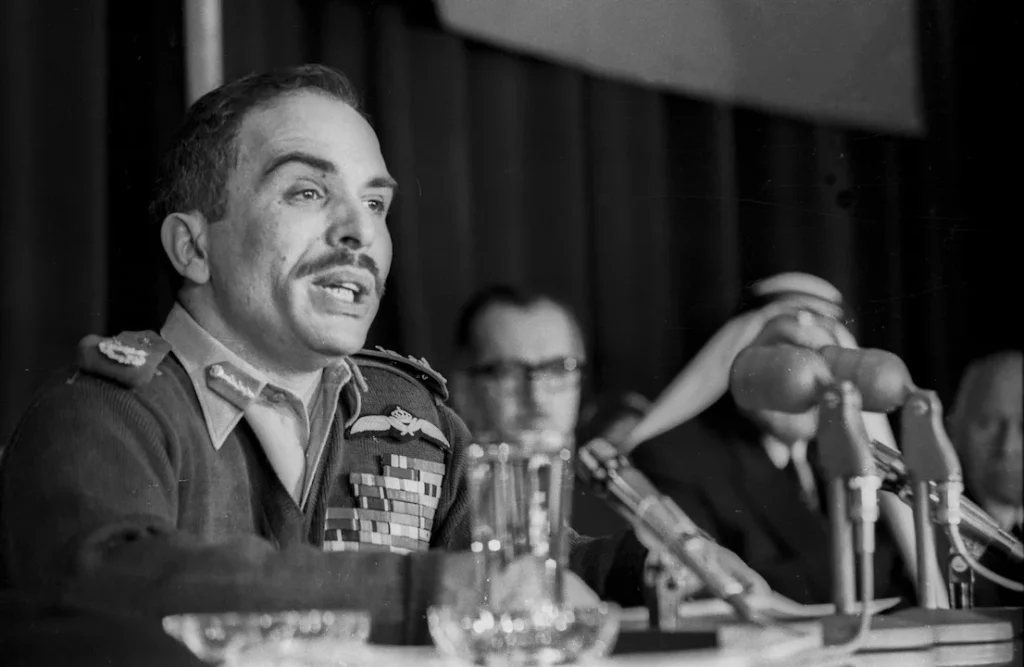
The assassination of the King and the hijackings
In 1970, an armed confrontation began. The conflict reached its peak in early June, with about 200 deaths and 800 injuries on both sides during fighting in the Amman region.
On June 9, an attempt was made on the life of King Hussein ibn Talal of Jordan. His motorcade was fired upon, and the king narrowly escaped death.
Immediately after the assassination attempt, street fighting began in the Jordanian capital, Amman. The Jordanian army engaged in battle with Palestinian militants.
A ceasefire agreement was reached through the mediation of neighboring Arab countries. The king agreed to support the Palestinian struggle and not hinder attacks on Israel from Jordanian territory. In return, the Palestinian side promised to respect Jordan’s sovereignty and withdraw most fighters from Amman. However, the agreement was short-lived.
In early September, the PLO intensified its campaign against Israel through high-profile terrorist acts, including plane hijacking and hostage taking. King Hussein was angered by these actions, as they presented a direct threat to his country’s sovereignty and stability.
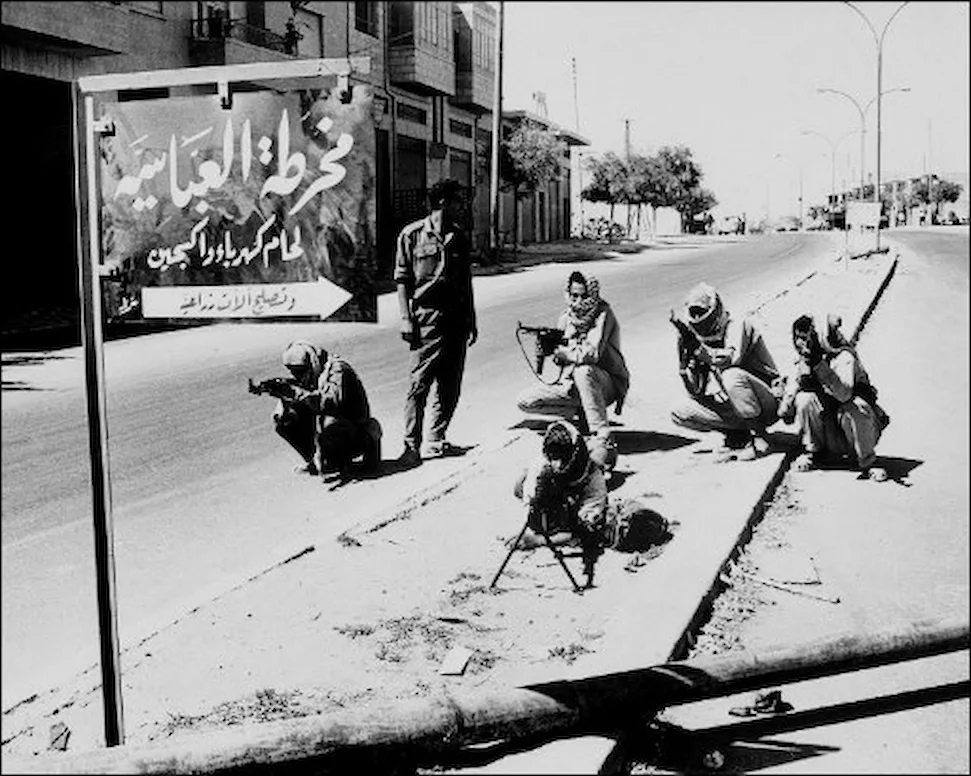
The Outbreak of War
On September 17, 1970, the Jordanian Army launched operations against PLO posts in cities with significant PLO presence. The situation escalated when 10,000 Syrian troops, marked with the insignia of the Palestine Liberation Army (PLA), invaded Jordan on September 22, 1970.
King Hussein sought US military assistance against the Syrian invasion. The US urged the Soviet Union to use its influence on Syria to halt the aggression. As a result Syrian forces began withdrawing, prompting intensified shelling of Palestinian targets by Jordanian forces.
During the ten-day conflict, casualties included 537 Jordanian soldiers (official estimate), 100 to 600 Syrian soldiers, and 2,000 to 3,400 Palestinians (although Yasser Arafat claimed 25,000 dead).
By July 1971, the Jordanian military had largely routed Palestinian militants from their strongholds, ending the civil war with the expulsion of remaining guerrilla forces from Jordanian territory.
From Jordan, Palestinian refugees moved to Lebanon, bringing with them militants from the Palestine Liberation Organization. These militants immediately disrupted the already fragile political stability of the country, plunging Lebanon into a civil war that lasted for many years.
We also recommend reading:
The Enduring Influence Of The Nakba, Jewish Refugees, Israel’s Withdrawal From Gaza: A First Experience, Communism, Leftists And Israel: Facts, History And Thoughts

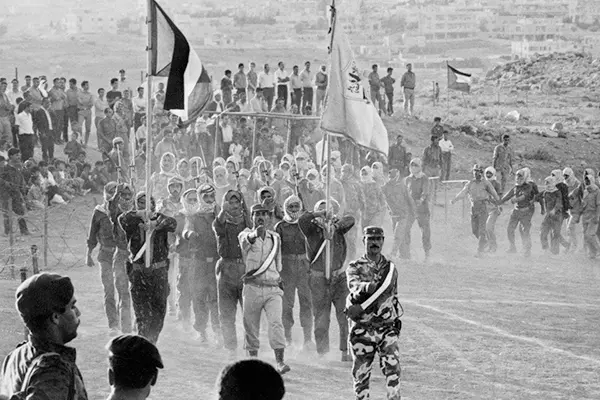



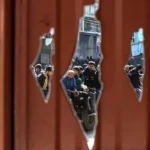

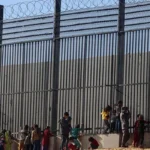
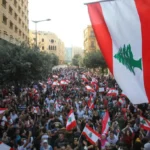
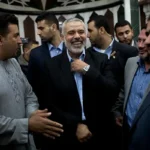
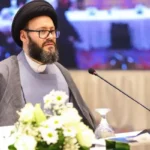
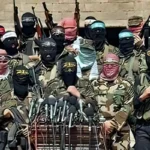
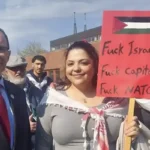
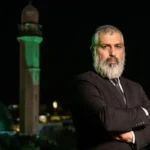
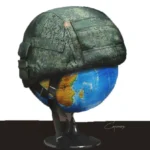
Leave a Reply